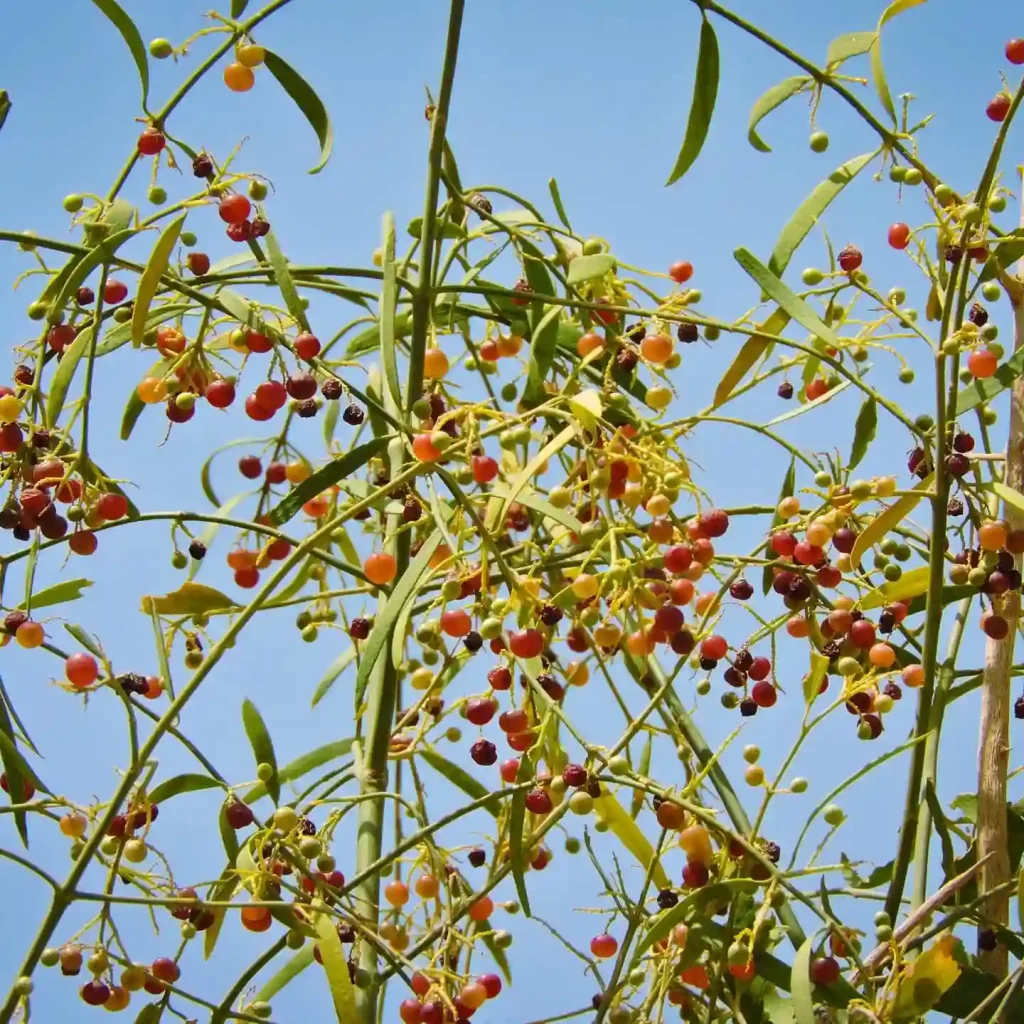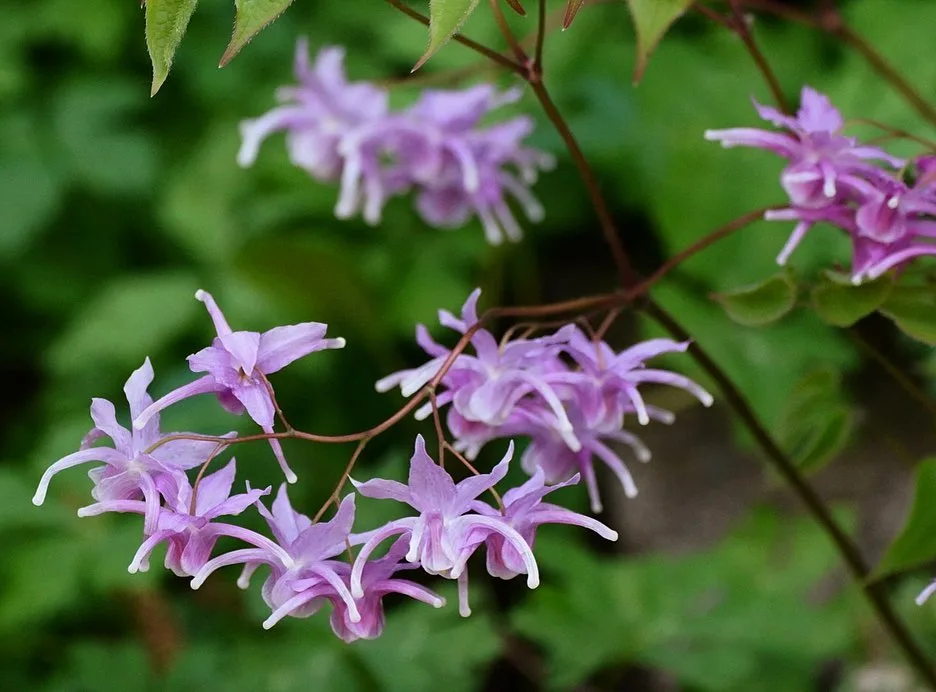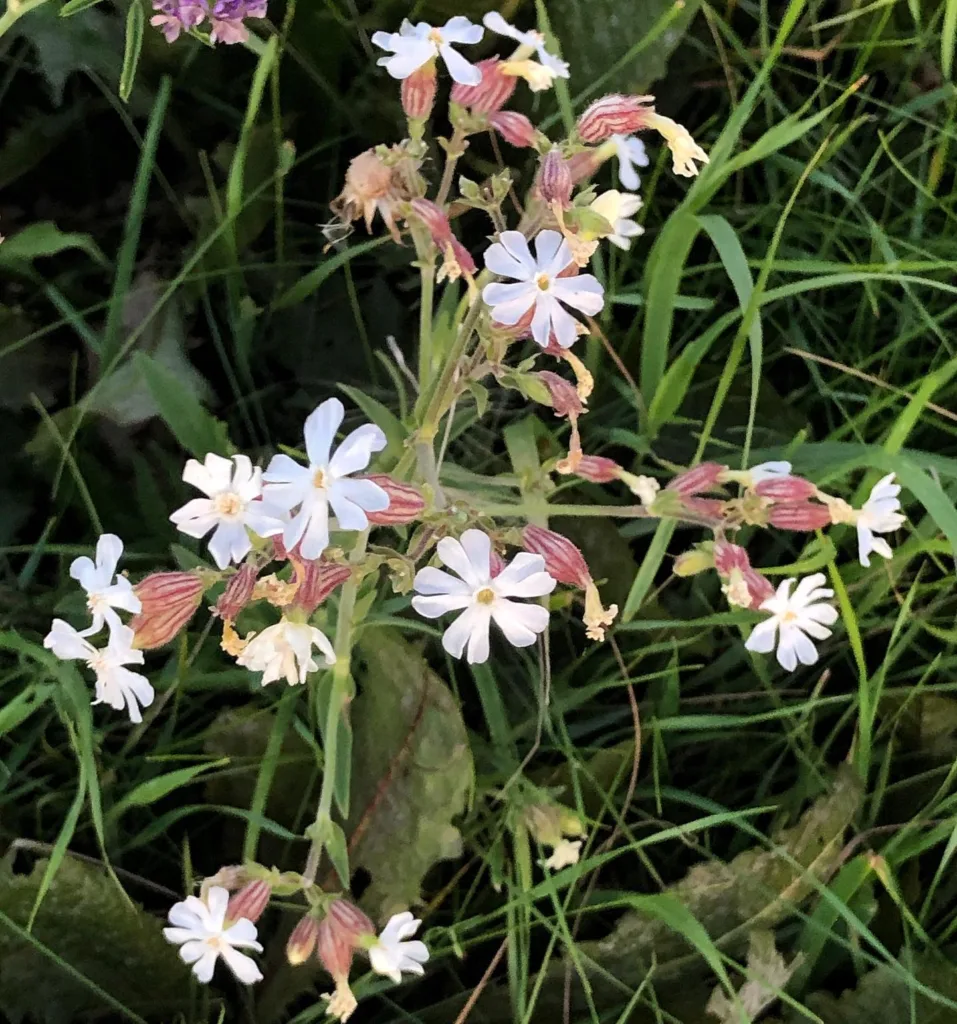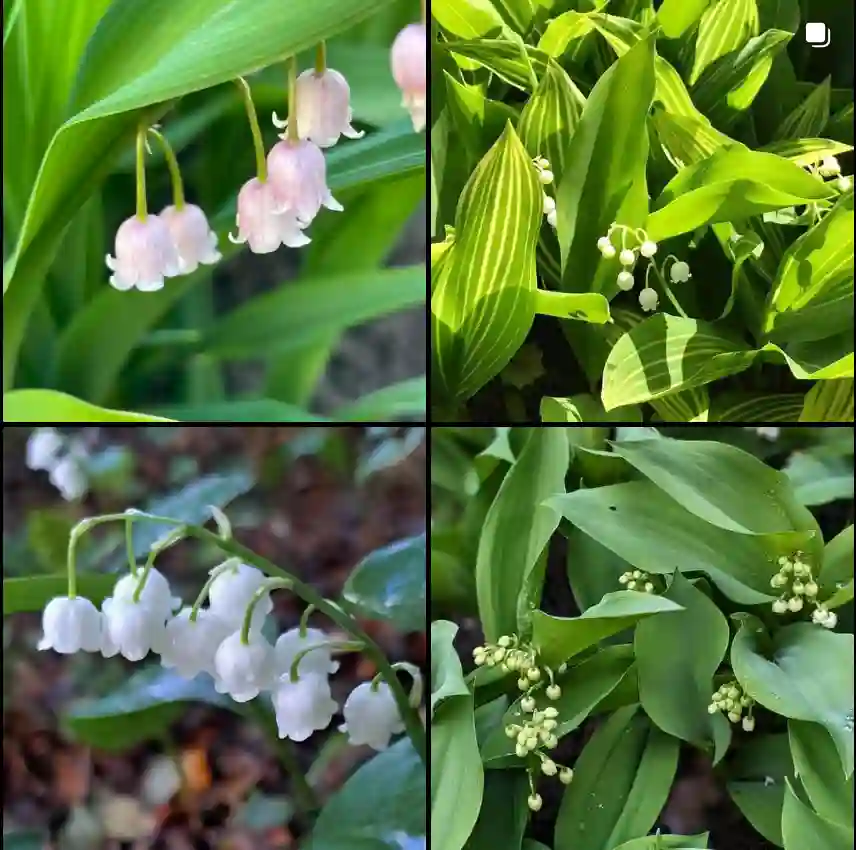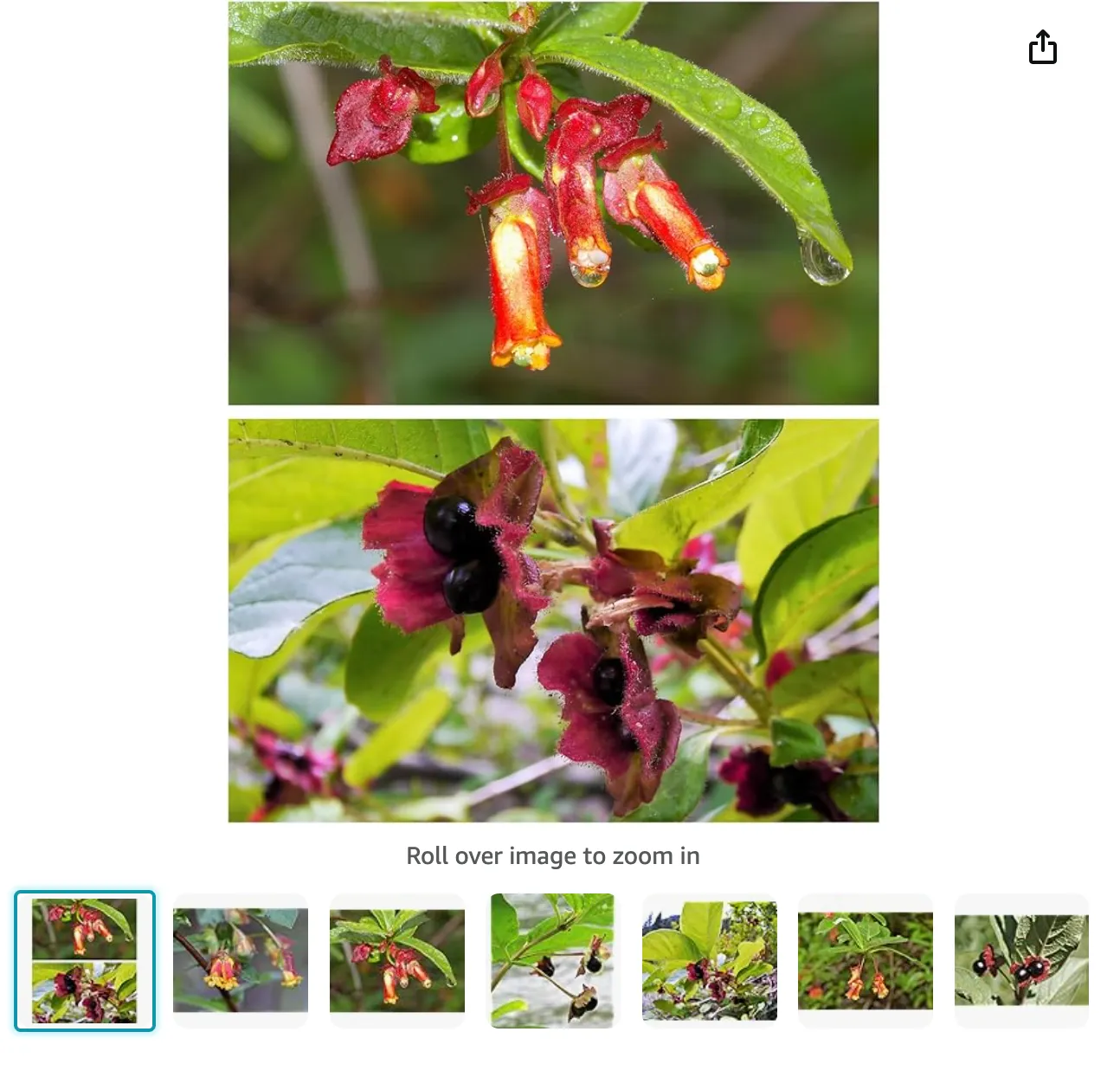
Twinberry Honeysuckle: A Native Beauty with Hidden Talents
For years, I’ve been drawn to native plants. They add a sense of belonging to a garden, a connection to the local ecosystem. One such plant that recently caught my eye is the Lonicera involucrata, or Twinberry Honeysuckle. This vibrantly blooming shrub boasts not only stunning visuals but also a surprising ecological value.
162 Species in Genus Lonicera
Where the Twinberry Honeysuckle Thrives?
The Twinberry Honeysuckle is a native to North America, stretching from Alaska all the way down to Mexico. It thrives in moist areas – think forest edges, streamsides, and even swamps. This deciduous shrub can reach up to 10 feet tall, with bright green, elliptical leaves that dance in the breeze. But the real showstopper is the flower. In early summer, delicate, tubular yellow flowers emerge in pairs, adding a pop of color to the landscape.
Are Lonicera involucrata Berries Edible?
The name “Twinberry” might lead you to believe the berries are a delightful treat. Unfortunately, that’s not quite the case. While the berries are technically non-toxic, they are quite bitter. There are some accounts of Native Americans using them for dye, but for culinary purposes, they’re best left for the birds.
The Ecological Importance of Twinberry Honeysuckle
The Twinberry Honeysuckle’s beauty isn’t just skin deep. This plant plays a vital role in the local ecosystem. The fragrant flowers attract hummingbirds, essential pollinators for countless other plants. Later in the season, the black berries become a food source for birds, helping to disperse the seeds and propagate the species. Even the roots play a part, stabilizing streambanks and preventing erosion.
How to plant and care for Twinberry Honeysuckle?
If you’re looking to add a touch of native elegance to your garden, the Twinberry Honeysuckle is a fantastic choice. It’s a relatively low-maintenance plant, thriving in moist, well-drained soil with full sun or partial shade. Here are some tips for keeping your Twinberry Honeysuckle happy and healthy:
- Planting: The best time to plant a Twinberry Honeysuckle is in the fall or early spring. Dig a hole twice the size of the root ball and amend the soil with compost for added drainage and nutrients. Water deeply after planting and keep the soil consistently moist for the first few weeks.
- Watering: Once established, Twinberry Honeysuckle is quite drought tolerant. However, regular watering during dry spells will promote healthy growth and encourage flowering.
- Pruning: While not essential, light pruning after flowering can help maintain the desired shape and size.
Propagating Twinberry Honeysuckle: Sharing the Native Beauty
There are two main ways to propagate Twinberry Honeysuckle: seeds and cuttings. Seed propagation takes longer, but it’s a rewarding way to create new plants. For faster results, opt for softwood cuttings taken in early summer. With proper care, these cuttings will root and develop into healthy new shrubs.
What to Plant with Twinberry Honeysuckle?
The Twinberry Honeysuckle pairs well with a variety of other native plants. Here are a few suggestions:
- Columbine (Aquilegia canadensis): These colorful perennials share a similar bloom time and add a touch of whimsy to the garden.
- Red-osier Dogwood (Cornus sericea): The vibrant red stems of the Red-osier Dogwood provide a beautiful contrast to the Twinberry Honeysuckle’s green foliage.
- Ferns: Ferns add a touch of texture and elegance to any shady area. Choose native varieties like the Maidenhair Fern (Adiantum pedatum) or the Christmas Fern (Polystichum acrostichoides).
By incorporating the Twinberry Honeysuckle into your garden, you’re not just adding a beautiful plant; you’re contributing to a healthy and thriving ecosystem. So, the next time you’re looking for a native gem to grace your garden, consider the Twinberry Honeysuckle. It might not offer a culinary delight, but its ecological impact and visual splendor are more than enough to make it a worthwhile addition.
If i die, water my plants!
